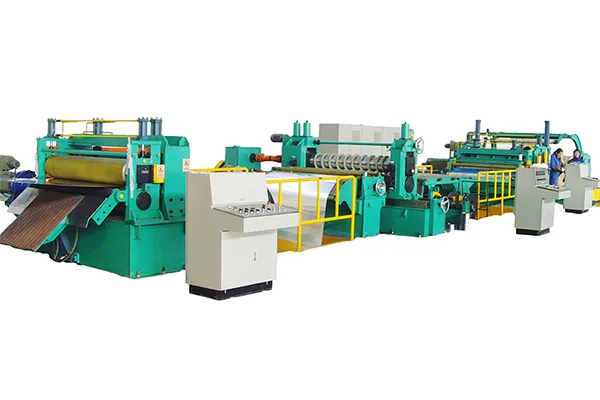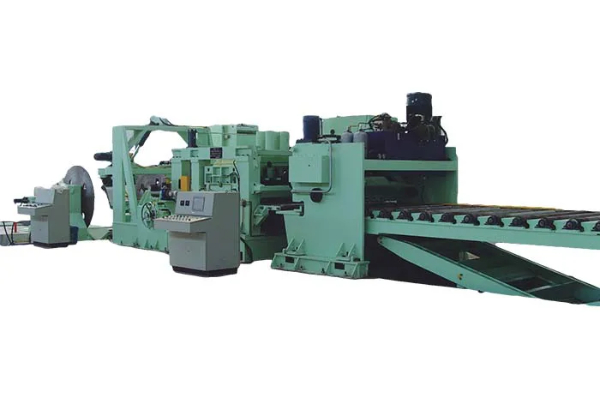
Cost-Effective Solutions for Press Brake Bending
- By:Metmac
- 2024-07-26
- 145
Press brake bending is a widely used metalworking process that involves shaping sheet metal into various forms and angles. Implementing cost-effective solutions in press brake bending operations can significantly enhance productivity, reduce costs, and improve product quality. This article explores several key approaches towards achieving cost-effectiveness in press brake bending.
Minimizing Material Waste
One crucial aspect of cost-effective press brake bending is minimizing material waste. This can be achieved through:
– Accurate Measurement and Planning: Precise measurement and careful planning of bending operations ensure optimal material utilization, reducing scrap and re-work.
– Nesting and Optimization Software: Software tools can optimize material layout, minimizing the number of sheets required and reducing waste.
– Smart Tool Selection: Using the correct tooling for the job reduces the likelihood of material damage or distortion, preventing waste and rework.
Optimizing Bend Precision
Precise and consistent bending is essential for product quality and cost-effectiveness. This involves:
– Proper Tool Maintenance: Ensuring that bending tools are sharp, clean, and in good condition prevents bending defects and rework.
– Accurate Bend Angle Setup: Using precision angle gauges and sensors ensures consistent and accurate bending angles.
– Material Quality Control: Variations in material thickness or properties can affect bend accuracy; thorough material inspection minimizes the risk of bending errors.
Maximizing Machine Utilization
Efficient machine utilization is crucial for cost-effectiveness:
– Appropriate Machine Selection: Choosing a press brake with sufficient tonnage, work area, and bending capacity for the required job avoids overloading or underutilization.
– Work Cell Optimization: Designing an efficient work cell layout, including material handling systems and ergonomic considerations, optimizes machine utilization and operator productivity.
– Automated Loading and Unloading: Implementing automated or semi-automated material loading and unloading significantly reduces setup times and increases throughput.
Reducing Labor Costs
Labor costs can be minimized through:
– Operator Training: Well-trained operators reduce process errors, improve bending accuracy, and increase production speed.
– Efficient Workflows: Standardized procedures and clear communication between operators and setup personnel minimize downtime and improve efficiency.
– Leveraging Automation: Automating certain tasks, such as tooling setup or material transfer, frees up operators to focus on high-value activities.
Evaluating Cost-Effectiveness
Measuring and evaluating cost-effectiveness is essential for continuous improvement:
– Key Performance Indicators (KPIs): Establish KPIs for material usage, machine uptime, labor efficiency, and product quality to monitor progress and identify areas for optimization.
– Return on Investment (ROI): Conduct periodic ROI calculations to assess the financial benefits of implemented solutions.
– Continuous Improvement: Regularly review and refine cost-effectiveness measures to ensure ongoing efficiency and cost optimization.
By implementing these cost-effective solutions in press brake bending operations, manufacturers can significantly improve productivity, reduce costs, and enhance product quality, leading to a competitive advantage in the marketplace.
-
Mastering Form and Force: A Guide to Modern Metal Plate Bending Machines
2025/12/16 -
Demystifying Sheet Metal Laser Cutting Machine Price: The METMAC Value Perspective
2025/12/16 -
Metal Sheet Machinery: The Engine of Modern Fabrication and the METMAC Advantage
2025/12/16 -
Beyond the Bend: The Power and Precision of the Modern Sheet Profile Machine
2025/12/16
-
Advanced Sheet Metal Rolling, Laser Cutting, and Folding Machines for Precision Fabrication
2025/10/31 -
High-Performance Sheet Metal Bending and Cutting Machines for Modern Fabrication
2025/10/31 -
High-Quality Sheet Metal Equipment for Sale: Efficient Solutions for Modern Manufacturing
2025/10/31 -
High-Performance Sheet Metal Equipment for Sale: Forming and Shearing Solutions for Modern Fabrication
2025/10/22
-
A Guide to the Latest Innovations in Sheet Metal Folding Machines
2024/11/29 -
Key Features to Consider When Investing in a Sheet Metal Folding Machine
2024/11/28 -
Enhancing Precision with Advanced Sheet Metal Folding Machines
2024/11/27 -
How to Choose the Right Sheet Metal Folding Machine for Your Workshop
2024/11/26







